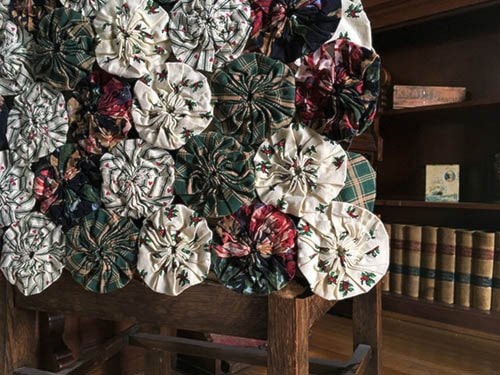A museum is characterized by a collection of often unique objects that form the core of its activities for exhibitions, education and research.
Objects or artifacts distinguish a museum from an archive or library, where contents are paper-based.
As the Maple Ridge Museum and Community Archives, we are in a unique position of what resources we have to offer the public.
A museum has a collecting policy for new acquisitions, so only objects in certain categories and of a certain quality are accepted into the collection.
This policy is informed by the overall mandate of the museum: to provide current, former and potential residents of our community with the means to make our history their own through the collection, preservation, and sharing of our historic images, documents and artifacts.
The process by which an object is formally included in the collection is called accessioning, and each object is given a unique number.
Before an object is accessioned, it must adhere to our collection policy, and the Maple Ridge Museum mandate.
As museums cannot collect everything, each potential new addition must be carefully considered as to its appropriateness for a given museum’s defined area of interest. Large museums will often have many sub-collections, each with their own criteria for collecting.
This brings us to a teaching collection, often to be used for demonstration purposes, as well as hands-on educational opportunities.
Items in teaching collections may be deaccessioned objects from the permanent collection which have been removed due to their poor or moderate condition and value or respective nature.
Museum teaching collections offers object-based learning, emphasizing the links between real, tangible objects and historical analysis.
Collections connect students to their past, rich and varied cultures, events, inspiring ideas, and the places where history happened.
The teaching collection at the Maple Ridge Museum is something we are constantly adding to, and consists largely of tools and small, household appliances that are easily accessible for outreach activities.
The collection is also made up of various textiles that are repeats in the permanent collection.
Recently, the museum has taken in two quilts and a needle-work sampler (a piece of embroidery produced as a demonstration or test of skill in needlework) that have no specific provenance to Maple Ridge, but illustrate a type of hand stitching that is not widely showcased today.
Objects show marks of how they have been used. Allowing us access to ideas that may have been too fundamental to a person’s life ever to have been written down.
In the case of the quilts, a way of sewing with specific pieces of scrap fabric illustrate a larger story of wartime thrift.
While it is important to keep a tight rein on objects allowed into a museum collection, it is equally vital to allow room for growth of a teaching collection that can tell multiple stories and possibly answer bigger questions.
Why do we keep stuff and what do we learn from it?
And what does our fascination for objects from our past tell us about being human today?
– By Allison White, curator of the Maple Ridge Museum.
